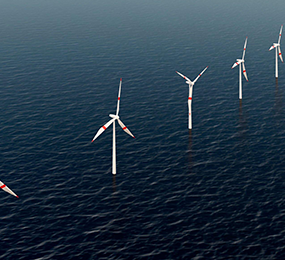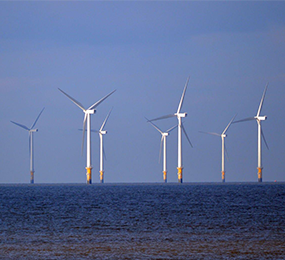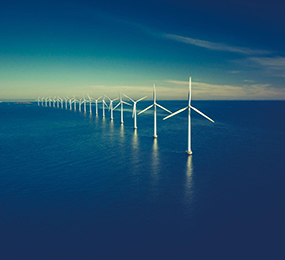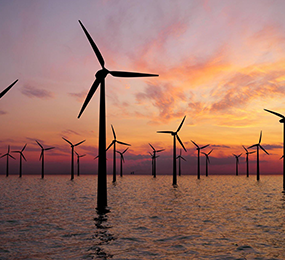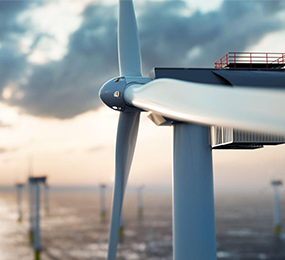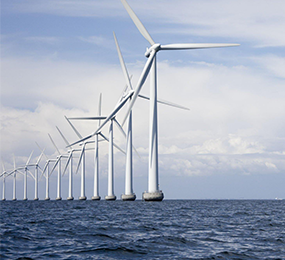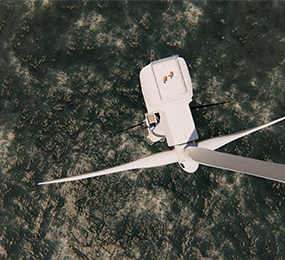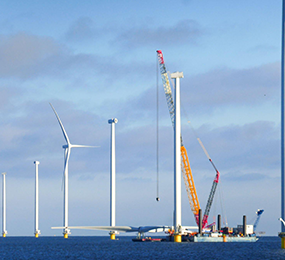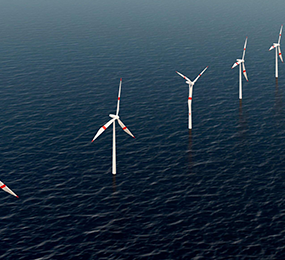Floating offshore wind energy emerges as a frontrunner in the clean energy race, harnessing the power of deep-sea winds. However, despite its immense potential, this innovative technology faces a number of challenges that need to be addressed to ensure its widespread adoption. Let's explore the technical, economic, and environmental hurdles that floating offshore wind energy must overcome.
Taming the Tempest: Technical Considerations
The harsh ocean environment presents a significant technical challenge. Floating wind farms must withstand powerful winds, high waves, and strong currents. Designing robust and stable platforms, mooring systems, and wind turbines that can operate reliably in these conditions requires advanced engineering expertise and innovative materials. Additionally, ensuring efficient transmission of electricity over long distances from offshore wind farms to the mainland grid necessitates further technological advancements.
Balancing the Books: Economic Considerations
Currently, floating offshore wind energy remains a relatively expensive technology compared to traditional offshore wind farms. The high upfront costs associated with designing, constructing, and installing floating platforms and mooring systems are a major barrier to large-scale deployment. Additionally, operation and maintenance costs can be higher due to the complex nature of these systems and the challenging offshore environment. Bringing down these costs through technological advancements, economies of scale, and innovative financing models is crucial for wider adoption.
Treading Carefully: Environmental Impact
While significantly lower than traditional offshore wind farms, the environmental impact of floating wind farms still requires careful consideration. The installation process can potentially disrupt marine life, and the long-term impact of mooring systems and electromagnetic fields on marine ecology needs further research. Additionally, the decommissioning of these wind farms at the end of their lifespan needs to be carefully planned to minimize environmental disruptions.
Navigating the Regulatory Landscape
The regulatory landscape surrounding floating offshore wind energy is still evolving. Establishing clear regulations and permitting processes that incentivize investment and development while ensuring environmental protection is crucial. Collaboration between governments, industry leaders, and environmental groups will be essential in creating a regulatory framework that fosters the responsible growth of this technology.
The challenges facing floating offshore wind energy are significant, but not insurmountable. Continued research and development, coupled with innovative solutions and collaborative efforts, can pave the way for a more cost-effective, environmentally friendly, and technically sound technology. By overcoming these hurdles, floating offshore wind energy can become a cornerstone of a clean energy future, harnessing the power of the wind to create a more sustainable world.
To register or learn more about the Forum please check here: https://www.leadventgrp.com/events/5th-annual-floating-wind-europe/details
For more information and group participation, contact us: [email protected]


